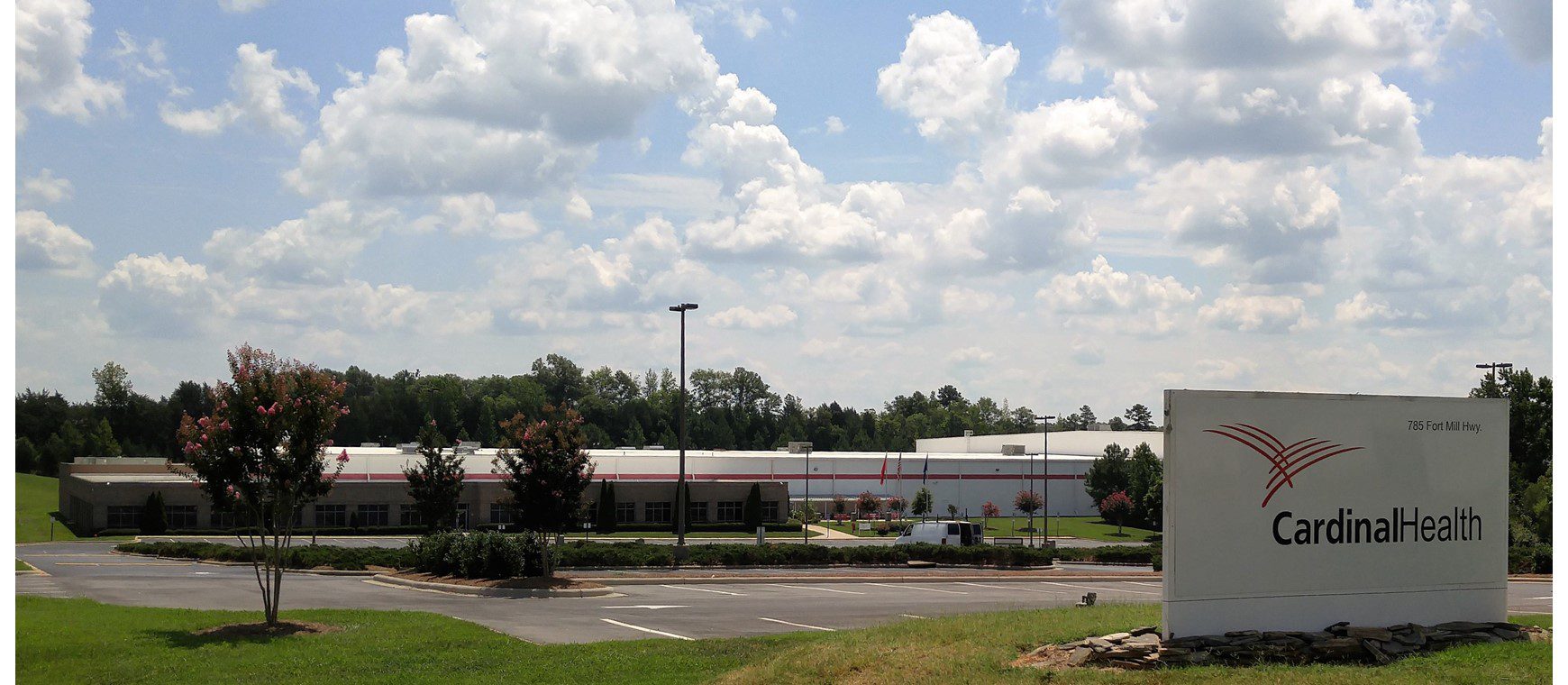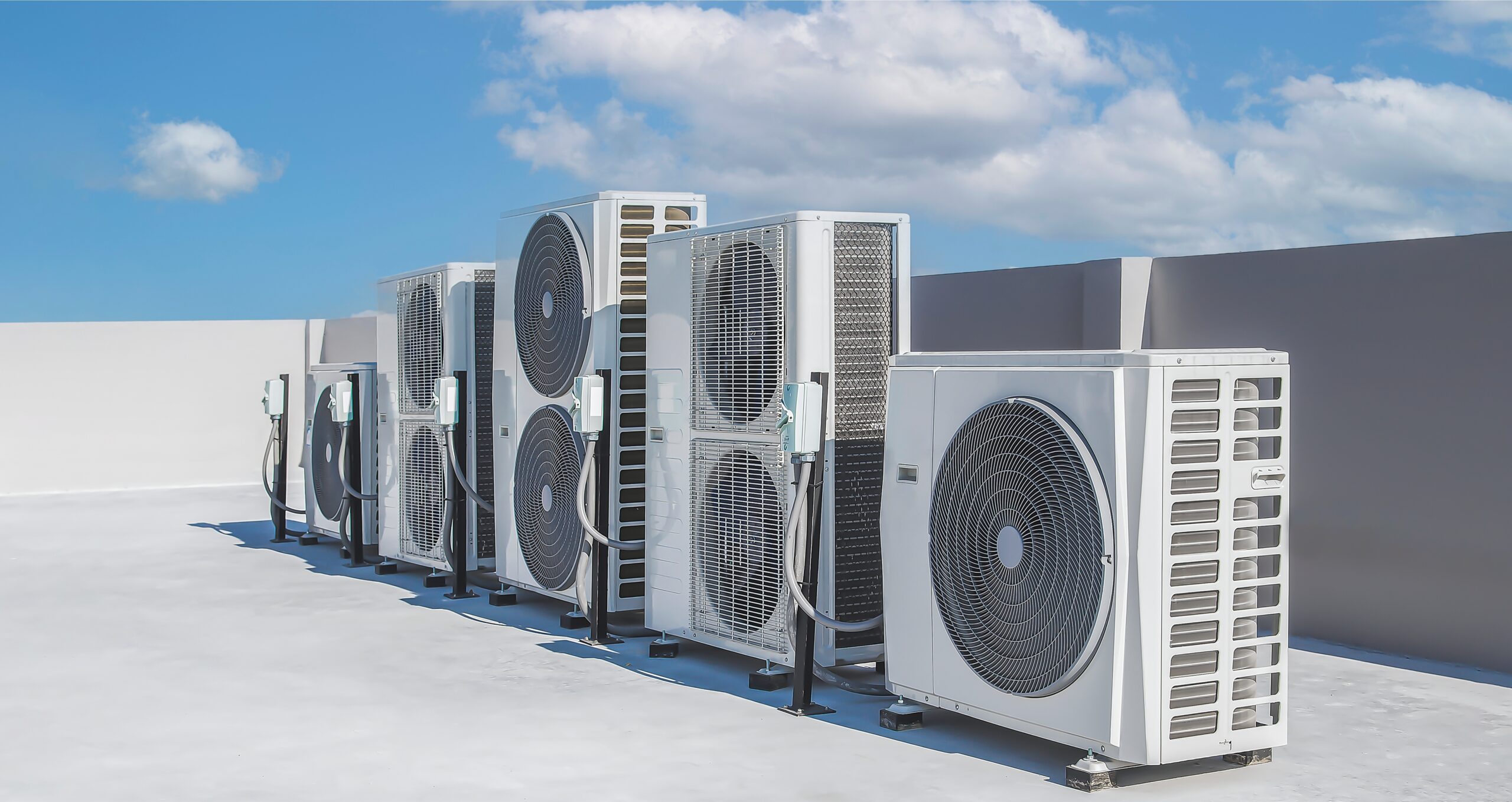
Cardinal Health | Replacement, Integration
Background
The Midwood International & Cultural Center is housed in what used to be a Charlotte-Mecklenburg school building. The brick facility was having an issue with excessive energy costs and the occupants were constantly complaining about temperature fluctuations. The individual who supervised the Midwood property did not feel like their current HVAC maintenance company understood the building’s HVAC system and how it worked. They could not offer any helpful insight into the high energy bill or temperature issues, nor could the equipment manufacturer. By way of a referral, United Mechanical was invited to survey the situation.
UMC Approach
Most contractors would be happy to quote straight 185-ton replacements and be done with it. However, the UMC engineering team reviewed Cardinal’s entire system, took into account the end results they were after, and considered what other options might serve them better.
What was ultimately proposed and agreed upon was just one new 250-ton chiller, the addition of variable frequency drives (VFD) to the loop pumps, and an updated/new controls system. Adding a Niagara 4 open controls system front end, the United team took over the existing controls, added controllers to support the new equipment, and ultimately integrated all the HVAC controls in Cardinal’s two buildings—plus the lighting— into one user interface.
Results
As reduction in potential downtown was the motivation for the original replacement quote, United was able to provide a new 250-ton chiller that was more efficient than their two older ones and keep the existing chillers for backup—offering Cardinal redundancy and the downtime protection they were looking for.
Additional savings will come from the VFD reduction of energy consumed by the chiller and pump. And, like the chilled water system, the hot water system was also changed from constant pumping to variable speed pumping, realizing similar energy savings.
The controls part of the project also contributed to energy savings as a result of software upgrades to meet new energy codes, conditioned air volume that would be dictated by the needs of the space, timely alerts to performance shift, and remote monitoring and correction for all equipment via a user-friendly graphic interface.
One final accomplishment was the one that ad- dressed the mandatory need to not let the inside temperature go above a certain point for the duration of the project. Due to the creative solution designed by UMC, this was managed using the existing chillers until the new chiller was installed and up and running. At that point, the old chillers took their place as back-ups.
The payback will turn out to be even better than the 2-3 years originally anticipated and there is now a controls system in place that is easy to understand and operate.

